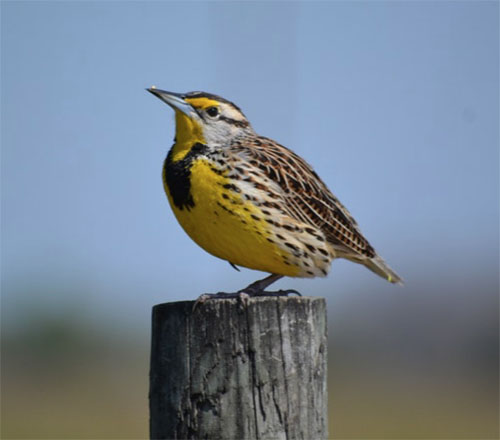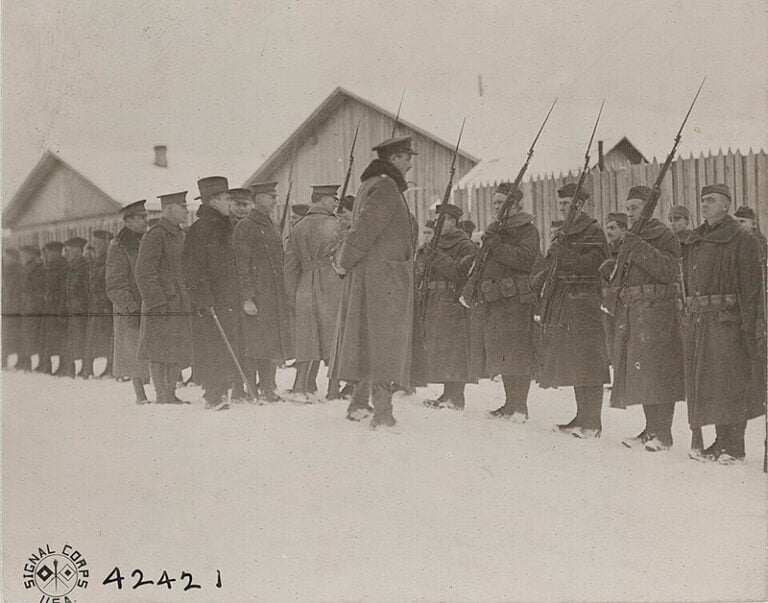The Eastern Meadowlark (Sturnella magna) is a grassland species most common in the fields of Central Kentucky.
It is considered a year-round native species, but some birds migrate southward during the winter months.

The Eastern Meadowlark is about the size of a Robin, standing nine to 11 inches tall, with rounded wings and a short, square-shaped tail.
Its coloration is distinctive, with a bright yellow breast, black “V” on its neck, dark eyes, and a blue/gray beak, with its back and wing feathers streaked in brown and tan.
Its song is a clear, mellow whistle that sounds like see-you, or see-yeeeer.
Its preferred habitat in Kentucky is open fields and weedy pastures, and prairie remnants. Because this bird spend most of its time in grassy areas it may not be easy to observe.
The Eastern Meadowlark forages by walking on the ground, eating insects and seeds it finds on the ground and from low plants, and may probe in the soil with its bill. Its summer diet is mostly insects, including grasshoppers, crickets, beetles, caterpillars, ants, and spiders. Seeds and waste grain make up a substantial portion of its diet in the fall and winter.
In Kentucky, nesting commences in late April.

At the start of breeding, the male defends their nesting territory by singing. In courtship, the male faces the female, puffs out its chest feathers and points its bill straight up to show off its black “V,” spreads its tail widely, and flicks its wings. He may even jump in the air in this posture.
Males may have more than one mate.
The nest is on the ground, in areas with dense grass and other low cover, in a small depression in soil. The nest is built by the female. Because the nest is on the ground, it may be unintentionally destroyed by seasonal mowing.
Females typically lay three to five white eggs, heavily spotted with brown and purple. Incubation is by female, and lasts about 13 to 15 days.
Both parents feed the nestlings and young leave nest after 11 to 12 days. While unable to fly, they are tended by parents for at least two weeks.
Populations generally have been declining in the eastern U.S. in recent decades, most likely due to grain farming, which has caused a decrease in the amount and quality of habitat available.


















